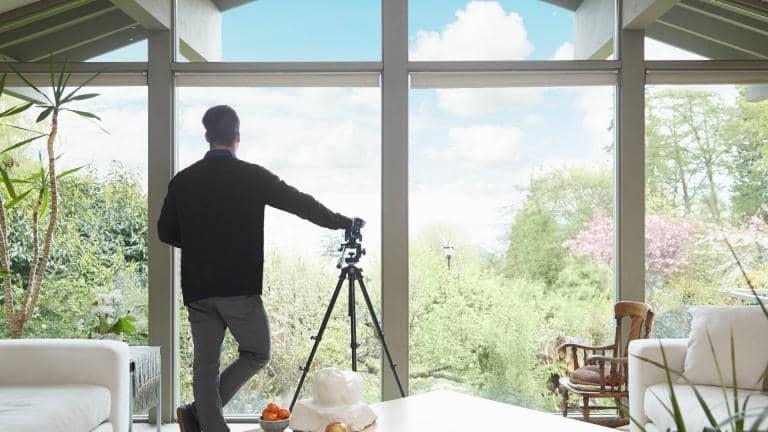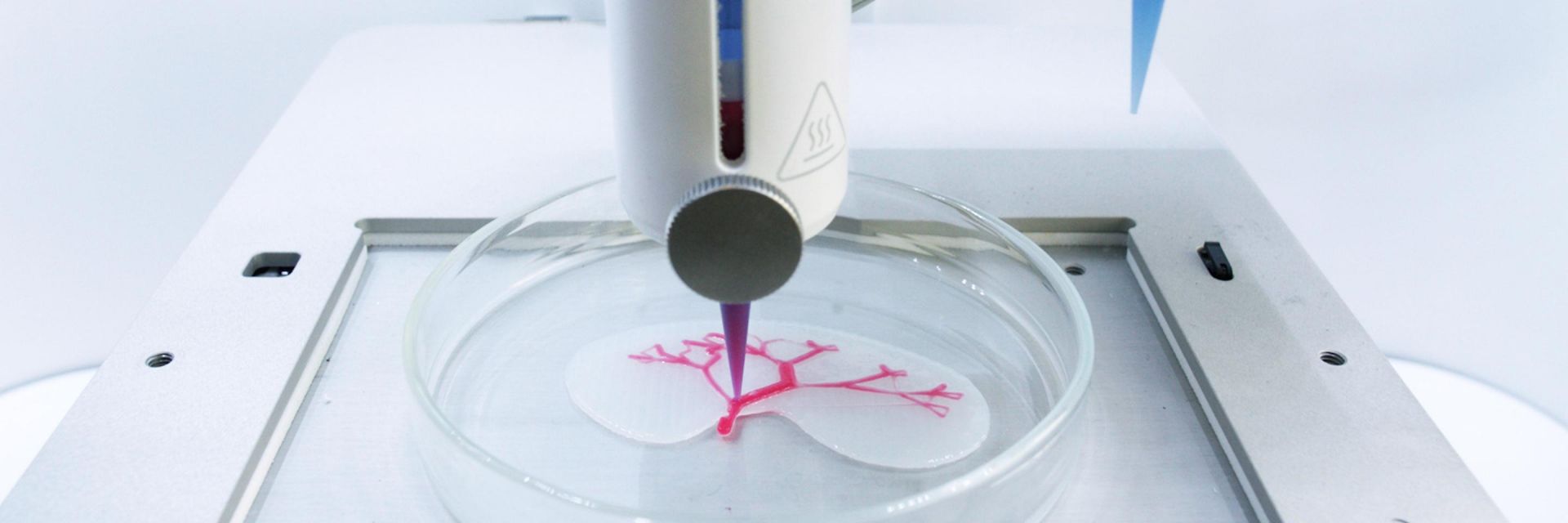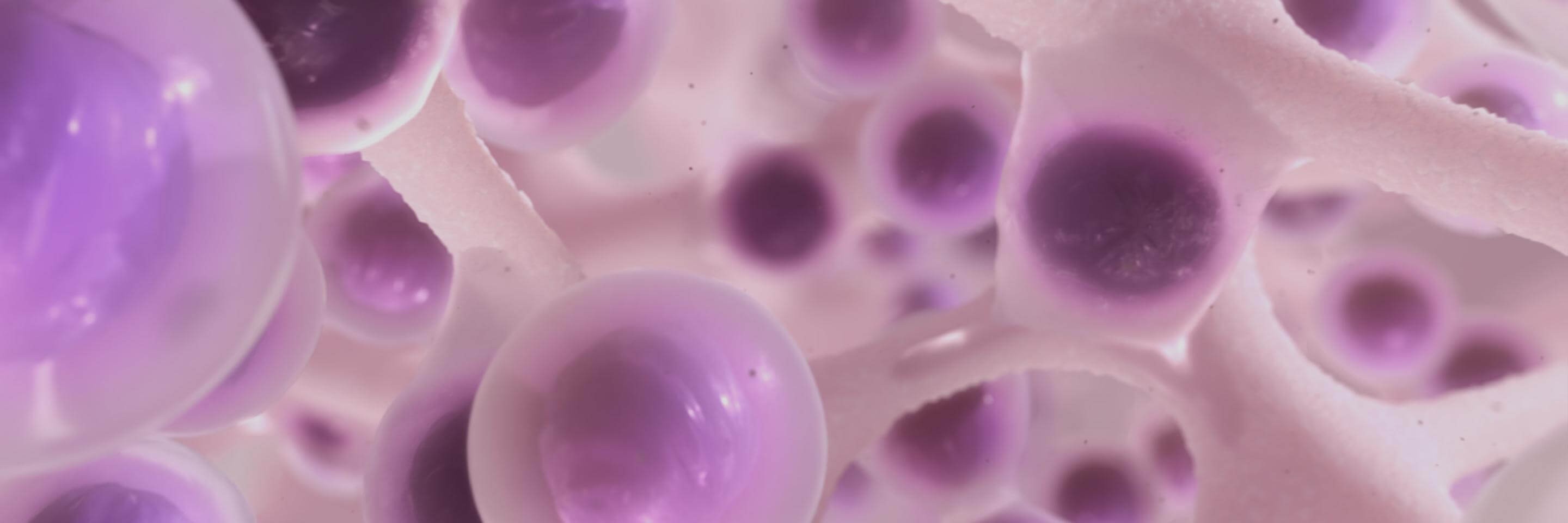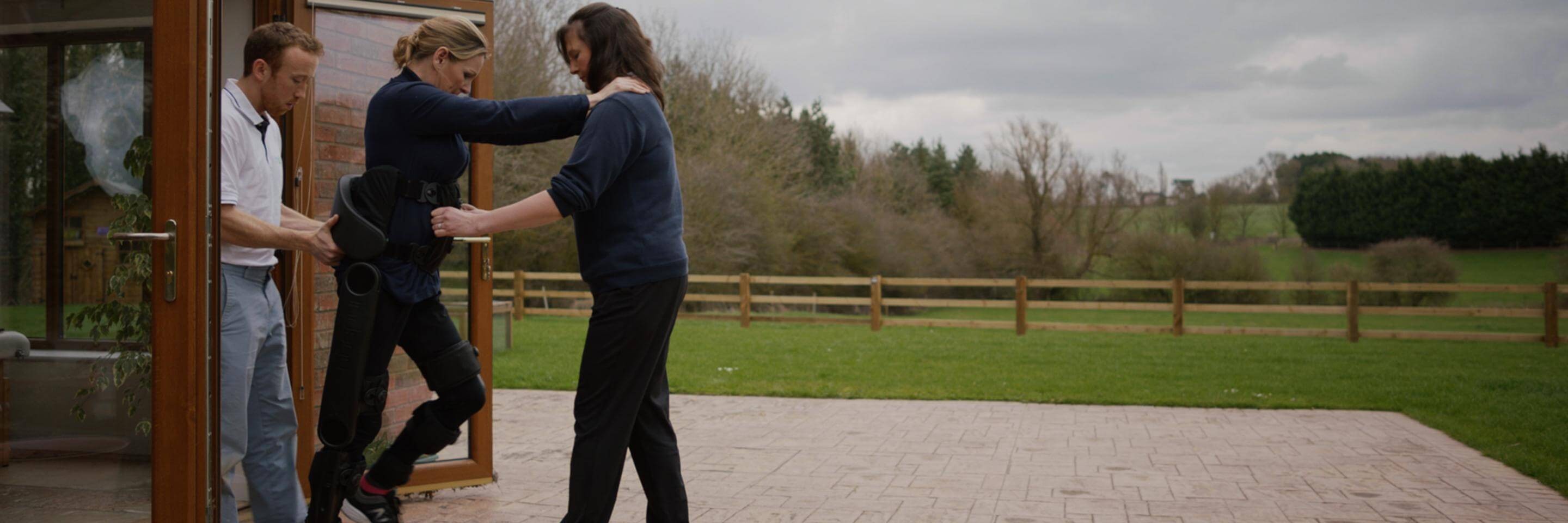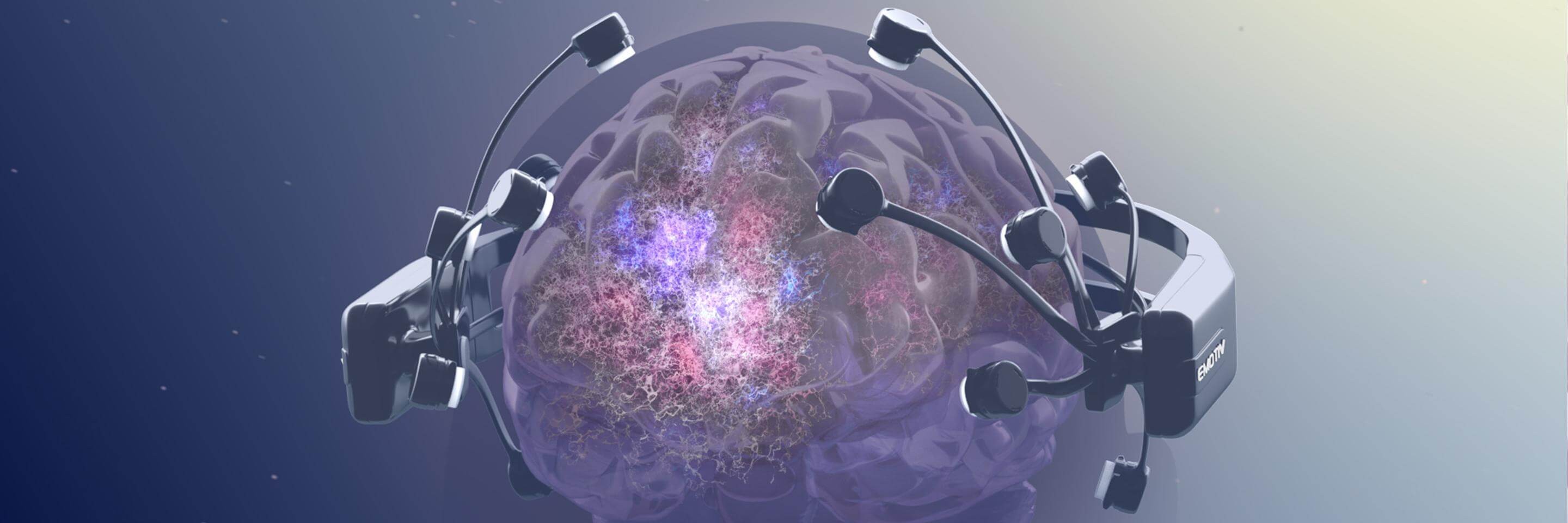Electrical stimulation and brain computer interfaces
There are 60 million people around the world who are paralysed, and 2.5 million who suffer from spinal cord injury. For those affected, signals from the brain are blocked as they travel through the central nervous system, causing loss of movement, feeling and muscle control. But reviving those signals with electrical impulses can help improve symptoms.
Functional Electrical Stimulation (FES) involves applying a small electrical charge directly to the muscle, stimulating it to move. Researchers are developing cutting-edge ways of combining this electrical stimulation with exoskeleton robotics and brain computer interfaces to provide a breakthrough for those with paralysis.
For example, USA-based Parker Hannifin has developed the Indego Exoskeleton – a lightweight robotic suit which offers users with a spinal cord injury a new level of independence thanks to its modular, portable design. The Indego is currently undergoing research trials so it can be used in conjunction with FES once the technology has Food and Drug Administration (FDA) approval.
Translating impulses into action
At the moment, exoskeletons are typically controlled using muscle movement in the upper body. However, in theory, these robotic devices could be connected to a brain computer interface (BCI), which uses neural scanning to translate our electrical impulses into instructions for devices.
“We have billions and billions of neurons in the brain that communicate with each other thanks to electrical signals,” says Olivier Ouillier, president of EMOTIV, a company that creates portable electroencephalogram (EEG) devices to track and amplify brain signals. These are then recorded on a computer and converted into instructions to control computers, devices, or robotics.
“For people who are paralysed, these algorithms could translate the motor commands that would have been sent directly from their brain to the limbs into instructions to control artificial prosthetics.”
Gerald Moser of Barclays Private Bank, says: “Improvements in AI and machine learning, combined with the commercialisation of technology that tracks brain signals, could have wide-ranging implications for everyday life.
“Companies are extending what could be physically possible with the human body, in some cases by allowing us to control devices or machines that would otherwise be out of reach. We are only just beginning to see the potential applications for this technology.”
